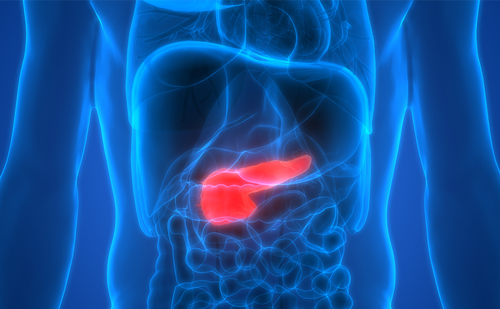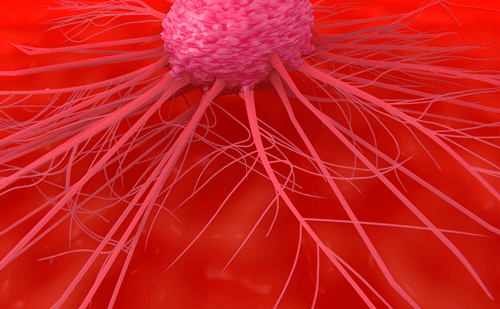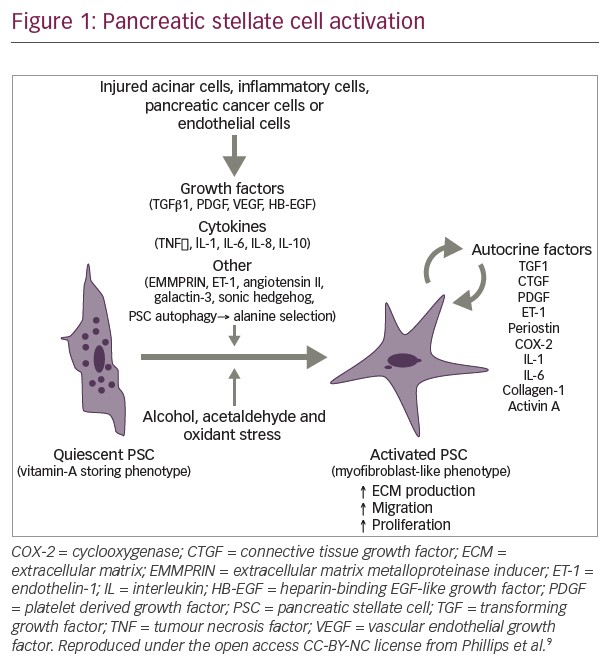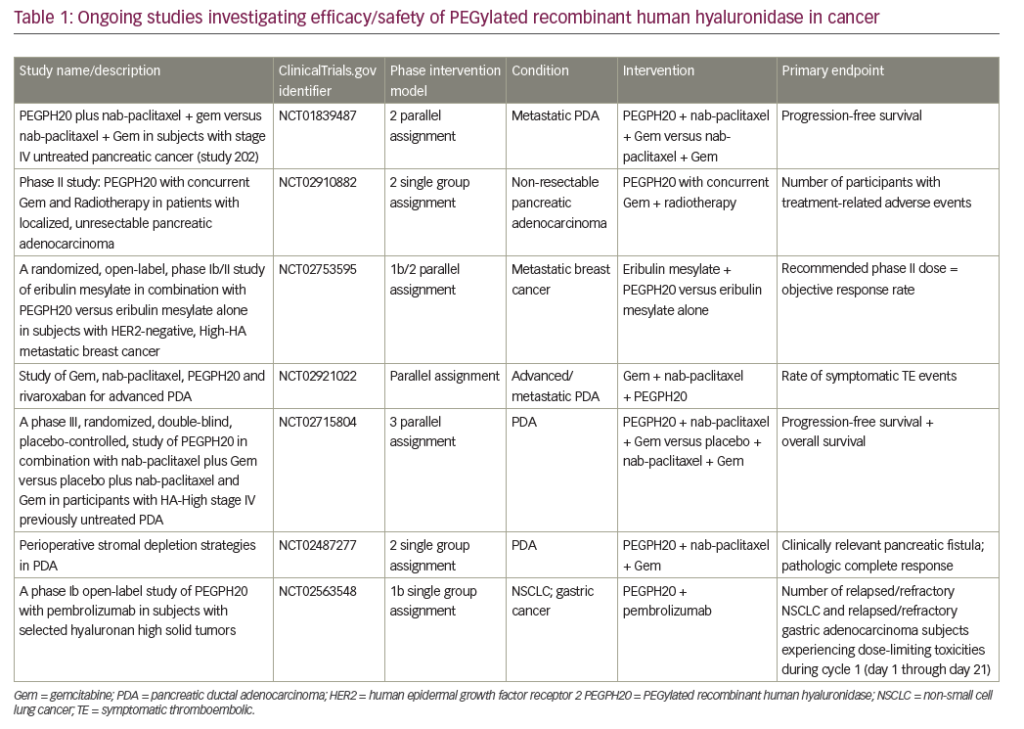Pancreatic neuroendocrine tumours (pNETs), also known as islet cell tumours, arise from the pancreatic islet of Langerhans and can be divided into functioning and non-functioning tumours based on whether they are associated with hormonal syndromes caused by excess hormone or peptide secretion. Functioning pNETs can be responsible for a variety of clinical syndromes: Zollinger-Ellison syndrome is caused by gastrinomas (tumours that oversecrete gastrin), insulinomas are pNETs that overproduce insulin or proinsulin and glucagonomas overproduce glucagon and enteroglucagon. Other hormonal syndrome tumour types include: vasoactive intestinal peptide-producing tumours (VIPomas), pancreatic polypeptidomas (PPomas), and somatostatinomas.1
pNETs account for only 1.3 % of all pancreatic cancer.2 Estimates of incidence vary but the most recent published data suggest an annual incidence of 1-3 per million individuals, per year.3–6 Data from 1,185 cases of pNETs from the surveillance, epidemiology and end results (SEER) database was used to further examine the epidemiology of this tumour type. Distribution of cancer stage for pNETs at diagnosis included 14 % localised, 23 % regional and 54 % distant or metastatic.2 The median survival rate for patients with localised pNETs was not reached, however, the 5-year survival rate was 79 %.6 in patients with regional stage disease, the median survival was 111 months and the five-year survival rate was 62 %. These numbers were further reduced in patients with distant metastatic disease, with a median survival rate of 27 months and a five-year survival rate of 27 %.
Although the majority of pNETs occur sporadically, pNETs can arise inassociation with several hereditary cancer syndromes. Approximately 10 % may be connected with multiple endocrine neoplasia type 1 (MEN1),7 an autosomal dominant inherited disorder characterised by mutations in the menin tumour suppressor gene and development of tumours of the pancreas, parathyroid and pituitary. In addition to MEN1, other genetic cancer syndromes associated with pNETs include: von Hippel-Lindau (vHL) disease, tuberous sclerosis and neurofibromatosis. A recent study determined the exomic sequences of ten non-familial pNETs to explore the genetic basis of sporadic disease.8 The commonly mutated genes were then screened against an additional 58 pNETs and it was determined that, within the 68 pNETs analysed, 43 % had alterations in DAXX (death-domain associated protein) or ATRX (alpha thalassemia/mental retardationsyndrome X-linked) which encode subunits of a transcription/chromatin remodelling complex. A total of 44 % contained mutations in MEN1, the menin tumour suppressor gene and 14 % had mutations affecting genes within the mammalian target of rapamycin (mTOR) pathway.
To view the full article in PDF or eBook formats, please click on the icons above.










